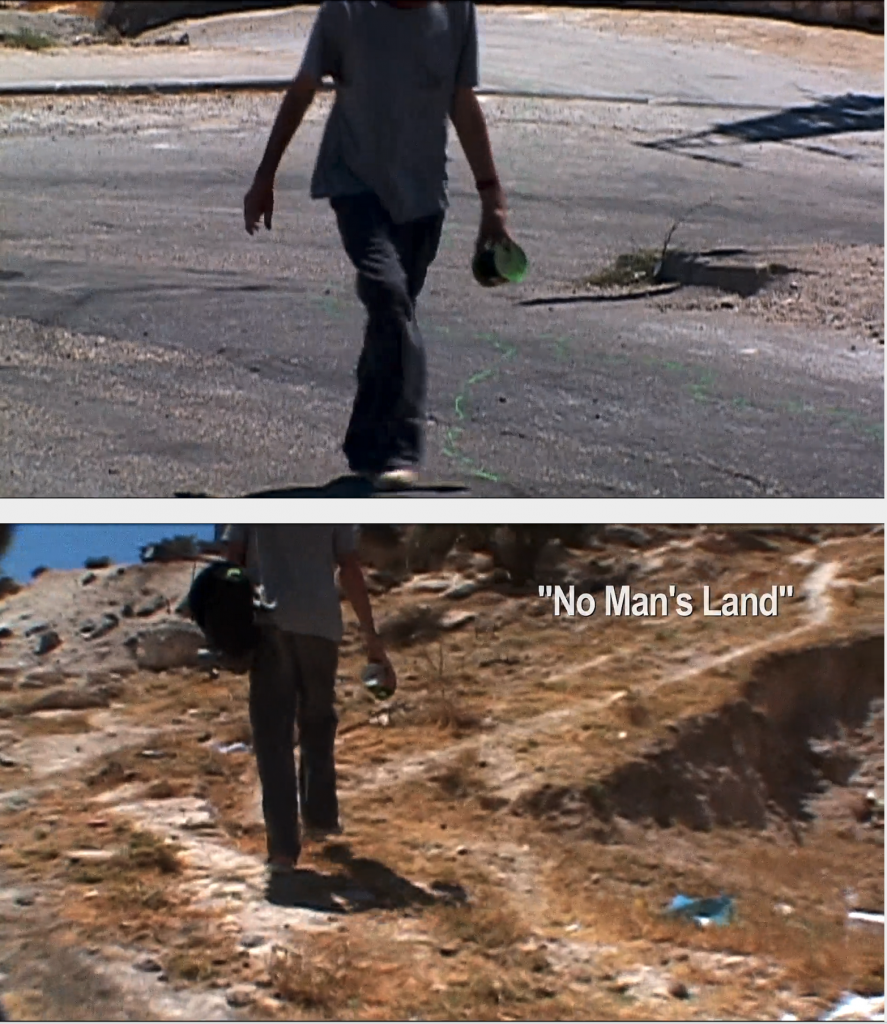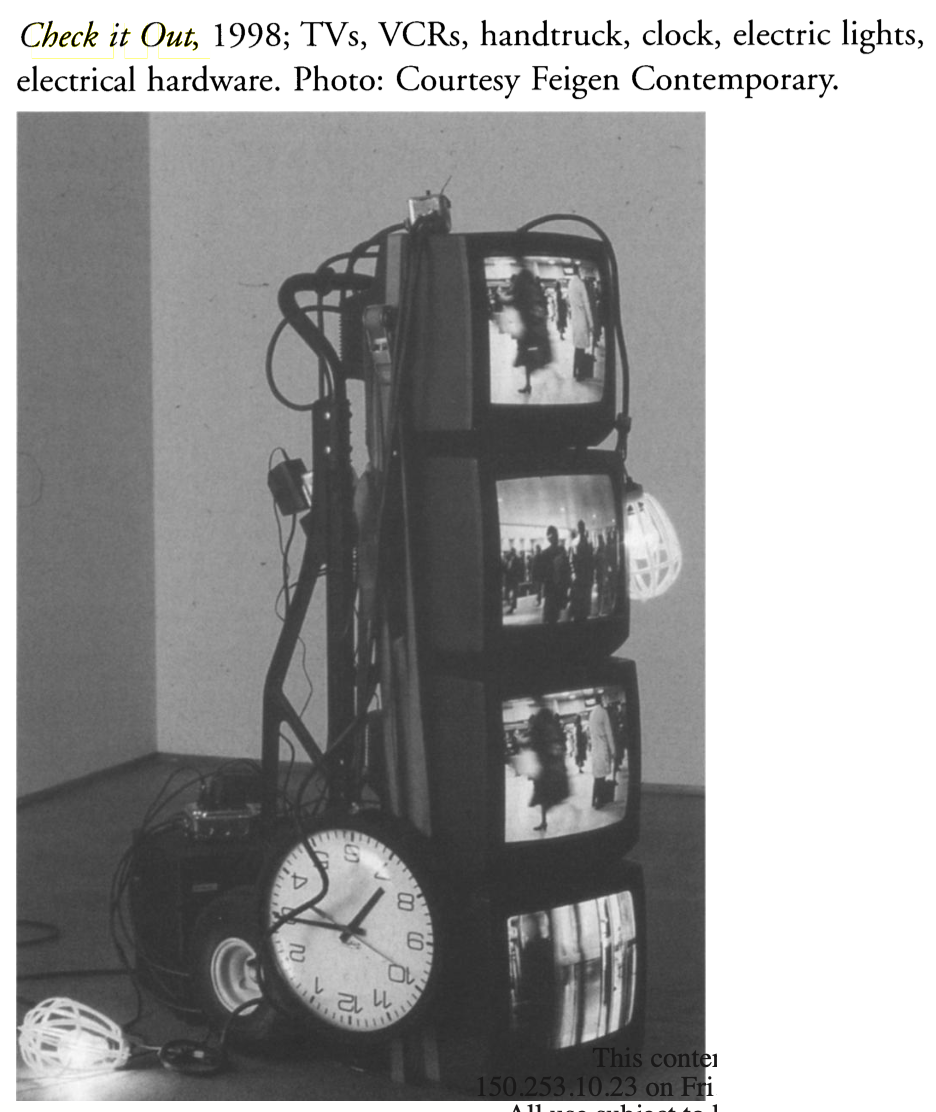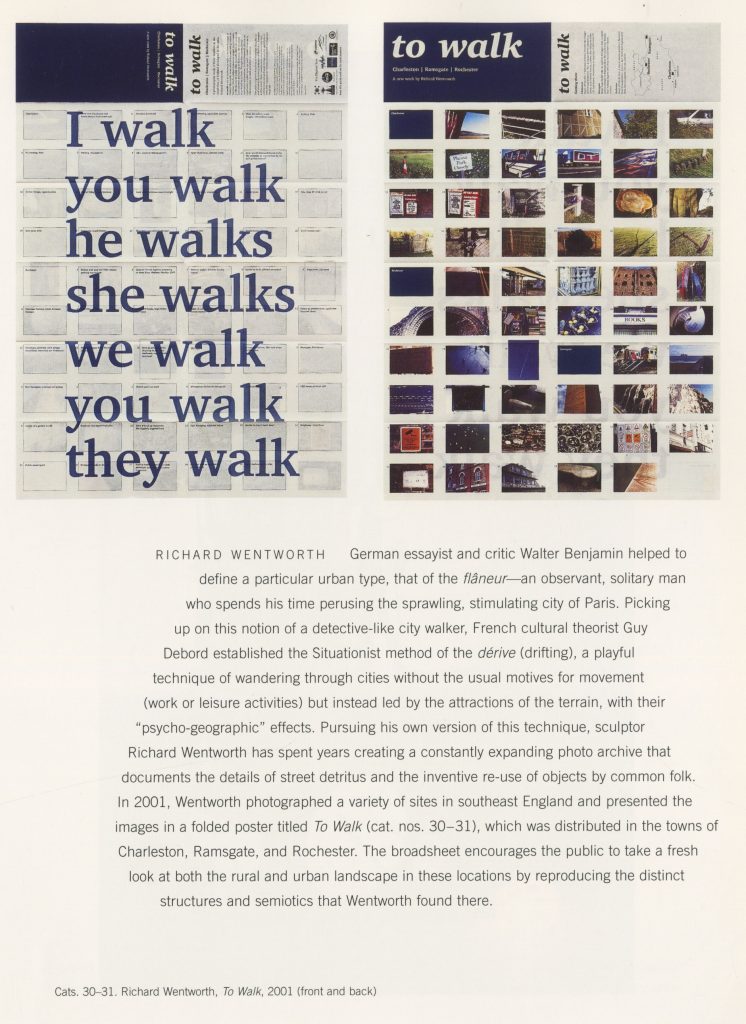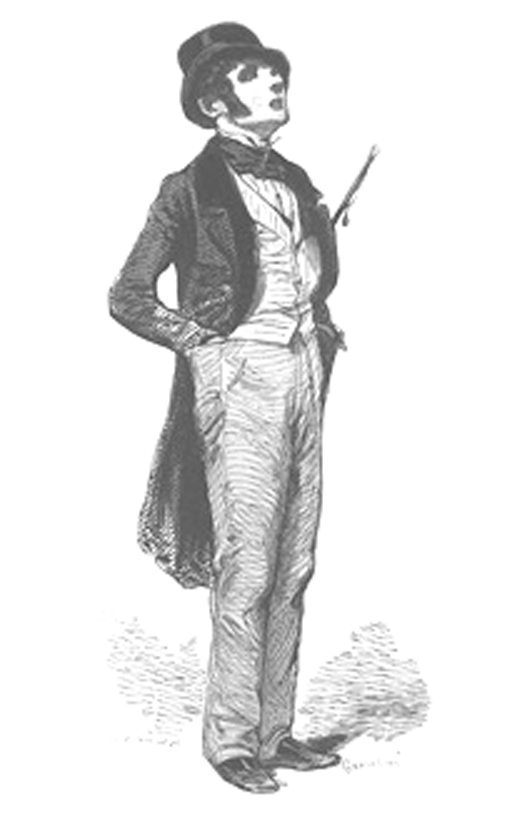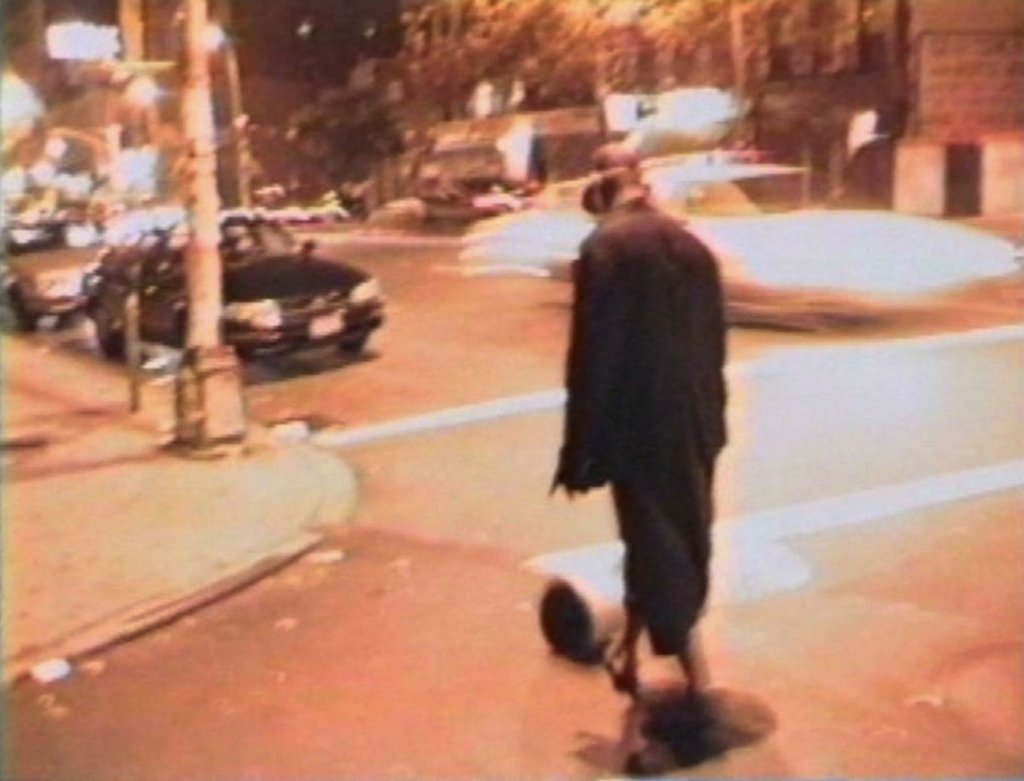
On Saturday 29th May 2010 I performed ‘Crawl’ as part of ‘Look Harder,’ an exhibition of site specific and performance art at Alexandra Palace Park. ‘Look Harder’ was organised and curated by Tony Peakall and Judith Brocklehurst of Rekindle Arts, and included art work by Judith Brocklehurst, Tim Flitcroft, Calum F. Kerr, Miyuki Kasahara, Marco, Tony Peakall and Sarah Sparkes, amongst others. Art works and performance were situated in the vicinity of the lake in Alexandra Palace Park. (Click on
Look Harder exhibition for more details of the exhibition). This was the second year that the exhibition had taken place; I also participated in the first exhibition, when I created a banner and performed three solo marches carrying it. (Click on
over,
banner,
march,
Alexandra Palace,
protestation or tags in the sidebar for posts about the banner march and the first exhibition.)
Crawl was proposed as a counterpoint to a march; its antithesis. It was intended to embody a private world of defeat. I envisaged a temporary escape to a different world; different to our usual sensory experiences, to our ordinary measures of temporality, to notions of patience and endurance:
‘I will crawl on my hands and knees, my face and fingers in the dust and dirt. Crawling, I will exit the biped world, relinquishing verticality and the customary plane of society. I will move slowly, perhaps painfully, aware of my body’s awkwardness. Conscious of the detail, detritus and texture of my passage, the aromas and acoustics of movement close to the ground, I will crawl a complete circuit of the lake of Alexandra Palace Park. The antithesis of a march, the crawl will embody the private, the broken, the beaten, the small and the slow.’
The invitation to watch my crawl was also extended to visitors to the park who might wish to perform their own crawl; letters suggesting and inviting a crawl, addressed to ‘Dear Visitor,’ were left in the Lakeside Café. (View or download a Crawl letter here).
